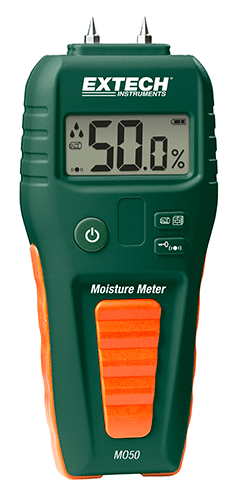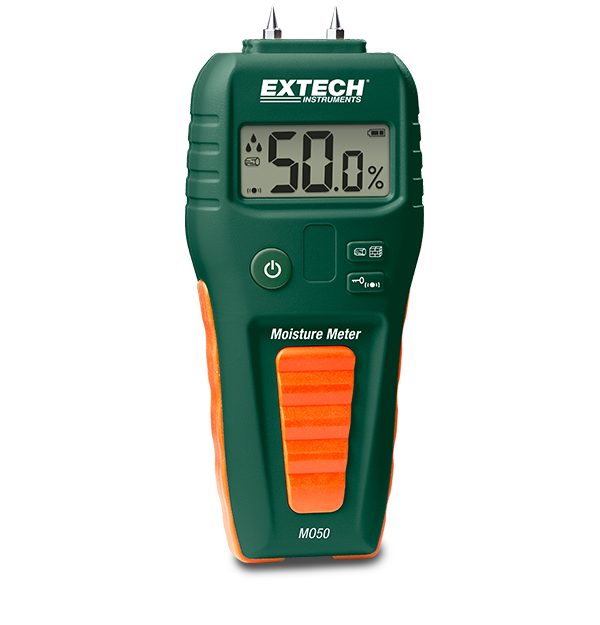How to Make Use Of a Moisture Meter to Find Covert Water Damages in Your Residential property
How to Make Use Of a Moisture Meter to Find Covert Water Damages in Your Residential property
Blog Article
Explore the World of Moisture Meters: Everything You Need to Know
In the world of moisture meters exists a world of precision and practicality that frequently goes unnoticed. These tools, while seemingly uncomplicated, hold a wealth of details that can considerably affect different industries and applications. Understanding exactly how moisture meters run, the various kinds available, and their varied uses can shed light on their relevance in guaranteeing top quality and effectiveness. By discovering the ins and outs of moisture meters, one can reveal an important tool that goes beyond mere dimension, using insights that can make a substantial distinction in various areas.
How Moisture Meters Work
Moisture meters operate by gauging the electric conductivity or capacitance of materials to establish the moisture web content present. These meters are indispensable tools across different sectors, including farming, building, and woodworking. By making use of various techniques such as pinless or pin-type technology, moisture meters give accurate analyses that aid professionals make informed choices.
Pin-type moisture meters work by putting the sharp pins into the material being tested. The electrical conductivity between the pins is after that measured, with higher dampness levels leading to boosted conductivity. Moisture Meter. On the other hand, pinless moisture meters utilize electro-magnetic signals to scan a larger area without triggering any damage to the product's surface area. These meters are perfect for promptly assessing wetness levels in big locations or finished products.
Regardless of the method used, wetness meters play a crucial role in stopping issues such as mold and mildew development, architectural damages, or product flaws brought on by excess dampness. Comprehending just how these meters job is crucial for making certain the top quality and integrity of materials in numerous applications.
Sorts Of Moisture Meters
Offered the critical role wetness meters play in numerous markets, it is vital to understand the different types readily available to professionals for properly evaluating moisture levels - Moisture Meter. There are mostly two major kinds of dampness meters: pinless and pin-type wetness meters

On the various other hand, pinless moisture meters use electro-magnetic sensor plates to check a bigger area of the product without triggering any type of damage. This kind is ideal for promptly scanning huge areas and is frequently made use of for flooring, wall surfaces, and ceilings. Pinless meters are hassle-free for taking readings on completed surface areas without leaving any visible marks.
Both kinds of moisture meters have their advantages and are chosen based on the certain demands of the task at hand. Comprehending the distinctions between these kinds is crucial for experts to make precise moisture analyses.
Applications Throughout Industries
With diverse performances, dampness meters locate widespread application throughout numerous industries, helping specialists in ensuring optimal conditions for materials and frameworks. In the agriculture industry, dampness meters are very useful for determining the dampness material in grains, seeds, and hay, making certain top quality control and protecting against mold development. Construction specialists depend on moisture meters to analyze the wetness degrees in building materials like drywall, concrete, and timber, which is vital for maintaining structural stability and preventing issues like rot or mold and mildew. The floor covering industry utilizes wetness meters have a peek here to determine the moisture content in subfloors prior to setting up different flooring, avoiding costly damages due to excess moisture. Furthermore, in the food market, wetness meters are used to check and manage moisture degrees in items such as grains, nuts, and dried fruits to preserve freshness and high quality. In addition, wetness meters play a vital function in the remediation and damages analysis industry by helping experts determine and deal with water damage in buildings immediately. Across these varied industries, wetness meters are vital devices for making sure the quality, security, and durability of various products and items.
Tips for Making Use Of Moisture Meters
When gauging the dampness web content in various products,Utilize the dampness meter's calibration settings to make certain exact readings. Calibration is essential for the appropriate performance of a dampness meter. Before each use, it is advisable to examine and readjust the calibration settings according to the details product being checked. In addition, ensure the meter is set to the right moisture range for the material you are measuring to obtain the most exact outcomes.
When making use of a pin-type wetness meter, put the pins to the proper depth advised for the material being checked. This makes certain that the wetness readings are drawn from the appropriate deepness within the product, supplying a much more precise depiction of its dampness material. For pinless wetness meters, remember to preserve proper contact with the material's surface area to get reputable readings.
Regularly inspect and replace the batteries in your moisture meter to avoid incorrect analyses because of reduced power. When not in use to prolong its life expectancy and maintain its accuracy, Shop the meter in a completely dry and safe area. By following these suggestions, you can make best use of the efficiency of your wetness meter and obtain specific moisture content dimensions throughout various materials.
Upkeep and Calibration
To ensure the precision of wetness material measurements, normal upkeep and calibration of the moisture meter are essential actions in its appropriate functioning. Calibration article readjusts the moisture meter to make certain that it provides constant and reputable results.
Calibration must be executed occasionally, specifically if the dampness meter is utilized often or in important applications where exact dimensions are required. Numerous dampness meters feature calibration tools or can be adjusted by specialist services. Moisture Meter. It is recommended to keep a log of calibration days and results to track the performance of the wetness meter over time. By preserving and calibrating the moisture meter frequently, users can rely on the precision of the wetness material measurements gotten.
Conclusion

In verdict, dampness meters play a crucial role in various sectors by accurately determining the dampness content of products. Understanding just how these gadgets work, the different types offered, and correct upkeep and calibration are essential for obtaining reliable results. Whether in farming, manufacturing, or building and construction, using moisture meters assists make try this out sure high quality control and effectiveness in processes.

In conclusion, moisture meters play a vital function in various markets by precisely determining the moisture web content of materials.
Report this page